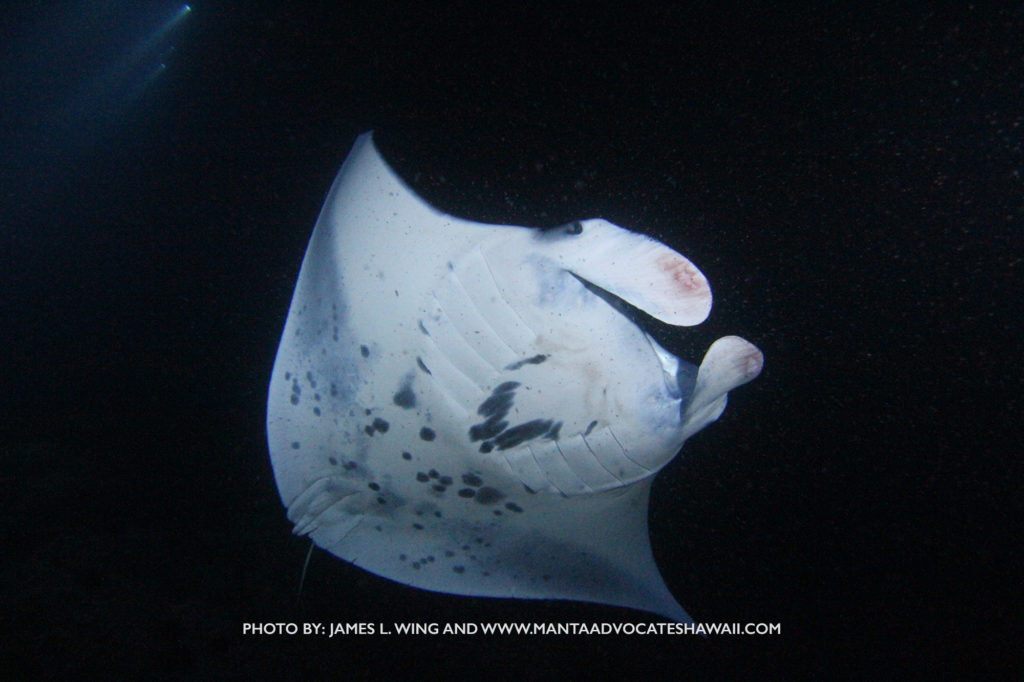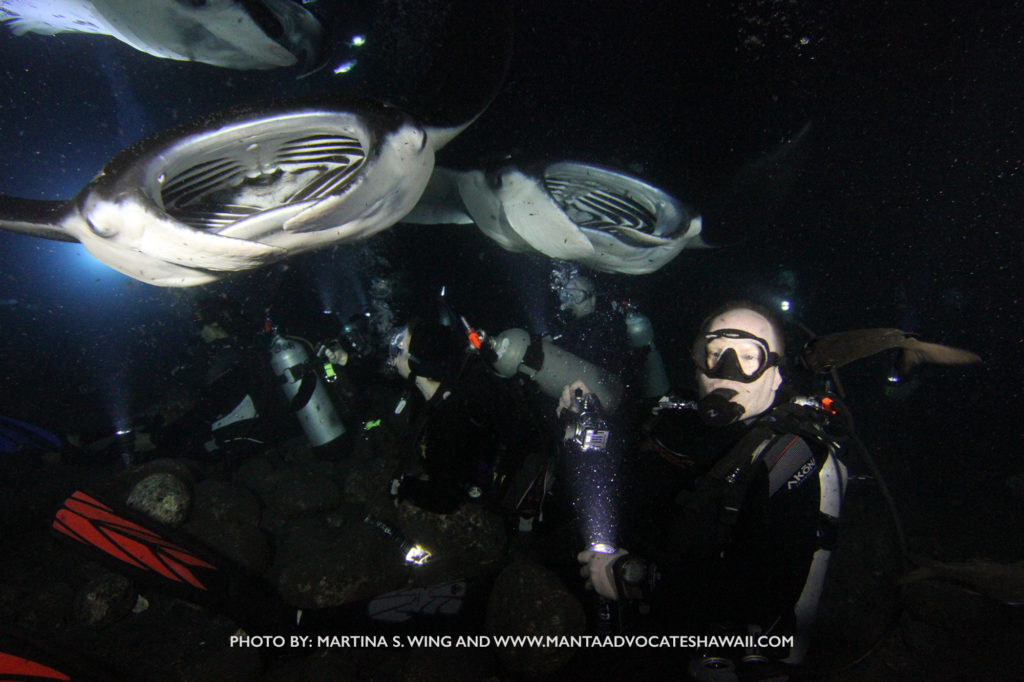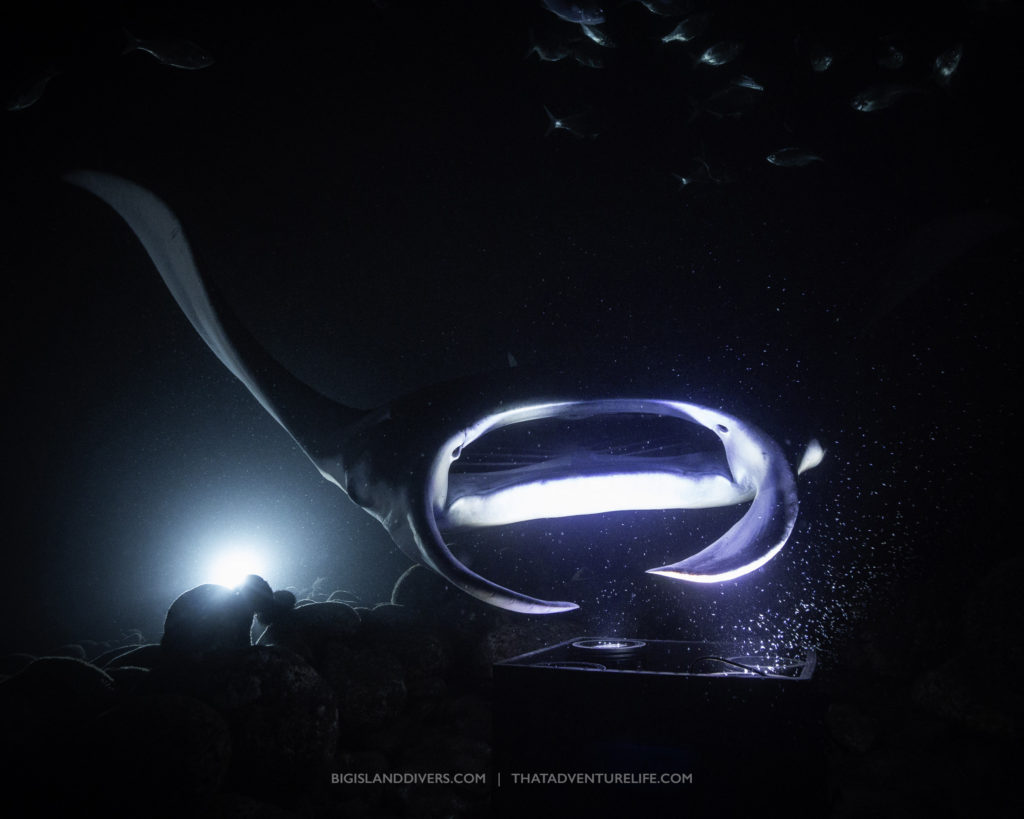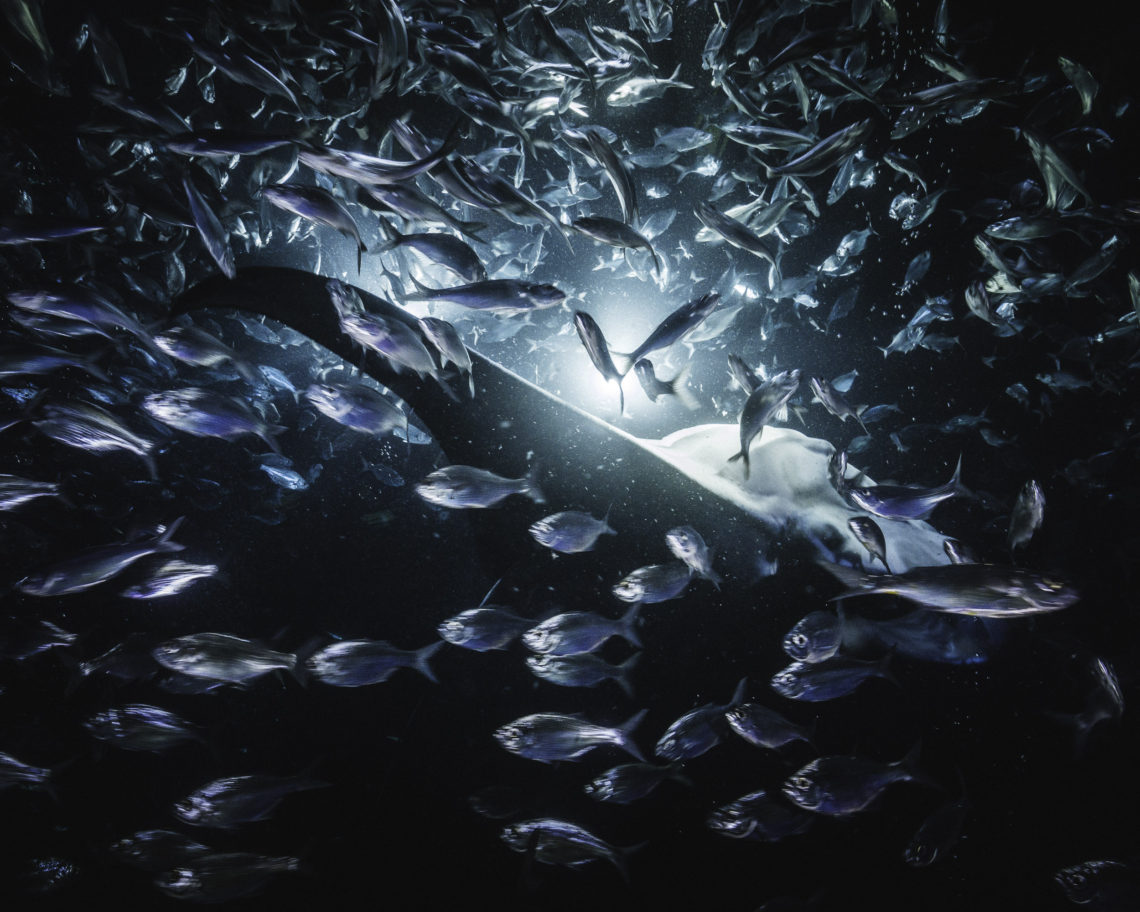The word “Manta” is a Spanish word which translates to “cloak”. Once you see these giant creatures, you will see why that nickname is very apparent. Here are some interesting facts about these gentle giant, the Manta Ray. If you want to have a personal encounter with them, you can always schedule a snorkeling or diving tour to see them in person.
Manta Rays are actually considered fish just like salmon and trout, but they also find themselves in several other unique categories. They are actually related to sharks because both of them are part of the Elasmobranchii subclass. This is due to the fact that both of their skeletons are made out of cartilage instead of bone. Pretty much all of the fish in this category are flat fish that like to stay close to the floor of the ocean. While other rays dig or burrow in the sand to hide from predators, manta ray only goes down there to get cleaned.
They are ovoviviparous. This means that the females produce eggs, but instead of laying the eggs, the eggs develop within the mother’s body. They have a gestation period that lasts 13 months. A manta ray takes between 10 – 15 years to reach sexual maturity, and can only have pups every 4 years. Females usually give birth to 1 or maybe 2 rays at a time. After birth, in the wild, manta rays can live between 40-80 years. This slow reproduction rate doesn’t do a lot to help the numbers of manta rays in the ocean.

Their main predators in the wild are large sharks, killer whales, and false killer whales. When mantas ray pups are born they are all wrapped up in their little wings like an adorable little manta “burrito”. They are born knowing fully how to be a manta ray. Immediately after birth, the mom and baby part ways. The newborn then begins its journey to becoming one of the biggest fish in the ocean.
These guys are HUGE! A fully grown Alfredi manta ray, which are the ones you see in Hawaii, can have a wingspan up to 12-14 feet wide. Every foot of a manta ray weighs approx 70-100 pounds. Believe it or not, these aren’t the biggest of the manta rays. The biggest is the Pelagic manta. They get up to a staggering 22 feet across. You will rarely see them though because they tend to wander around the open ocean.
Manta rays are creatures of perpetual motion. This means they need to keep water flowing through their gills for their entire life. Manta Ray’s gills pull the oxygen from the water and allow them to breathe. That’s right, they swim every second of their lives. Talk about cardio. Another interesting fact is that Manta rays have a top speed of around 25 mph. To put this into perspective, Micheal Phelps has a top speed of around 4.76 mph.

Not only are mantas the masters of the ocean, but every once in a while they like to spend some time in the air as well. They have been seen flying out of the water and coming back down with an epic belly flop. Scientists aren’t 100% sure why they do this, but they think that it is something to do with a mating ritual, a way to communicate or possibly a way to remove parasites. I think it is just a dare from other mantas.
Manta ray’s preferred meal of choice is plankton and other microscopic organisms. This is due to the fact that even though they have big mouths, their throats are about the size of a dime. But how do you eat something you can’t even hardly see? These massive rays do backflips and use their big Cephalic fins (a set of fins that look like horns on either side of the head) to force water into their mouths. Once they get the water into their mouths, it is filtered through a series of gills on the bottom of their mouths. These gills are called gill rakers.
They don’t always do the backflips though. That is mainly when there is a large concentration of plankton in one spot. They can eat while swimming forward as well. The manta ray is estimated to eat 12% of its body weight in plankton every week. That means that a 1000 pound ray would have to eat 120 pounds of something that is nearly microscopic. To put that into perspective, that is the equivalent of eating 19,200,000 plankton every single week.

Even though they don’t have any devilish bone in their bodies (in fact, they don’t have any bones, only cartilage), they are nicknamed “the devil ray.” This is because when their Cephalic fins rolled up, they look like a devil’s horns when you see them from above.
In spite of having some resemblance to the stingray, the manta ray has no stinger. They are basically harmless to humans besides being clumsy at times and bumping into them. Although they may seem a little silly and clumsy at times, manta rays are actually really smart. In fact, they have the largest brain to body ratio of any living fish. Their brains are about the size of a human fist. Another interesting manta ray fact is that while humans have unique fingerprints, mantas have different patterns of spots on their bellies. That is how we can identify the rays.
Unfortunately, there is a large belief in Chinese medicine that the gill raker can heal all sorts of diseases. This has put the Manta ray in a really bad position. They are often rounded up and killed for their gill raker. This is a major blow to the manta ray population. There has been no scientific proof of any kind that the gill raker has any medicinal purpose.
We’ve learned all these interesting facts from our snorkeling of manta ray adventure with Big Island Divers. We also were educated from the massive amount of knowledge from Martina and the Manta Advocates Hawaii. She was gracious enough to share them with us. Go check them out as they are the place to “Discover the beauty of manta rays”. You can always go on their Facebook group. You can also catalog your Manta Ray sightings here.
Happy Adventuring. Don’t forget to follow us on Instagram, subscribe to our Youtube channel, and sign up for our newsletter!






